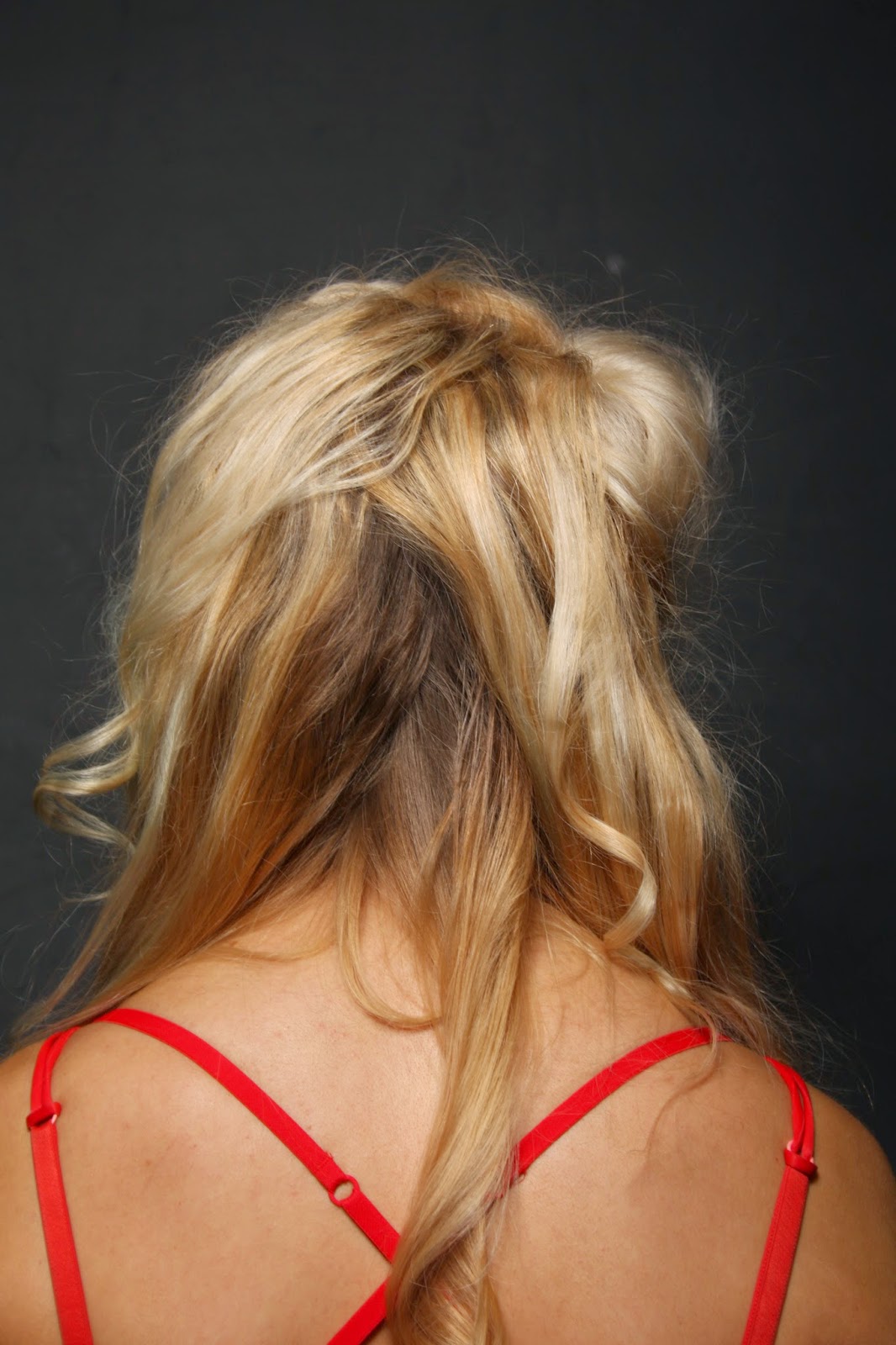- Defiant- He does not care that his behaviour on stage is controversial, in fact, he seems to revel in it... Defying what is expected by society
- Oppressed- I think outside of work, society in Weimar Berlin would be an oppressive influence on a personality like Emcee and his defiant attitude in work is a response to this; in character whilst hosting at the Kit Kat Klub he can be as overtly sexual as he desires, contrasting with the more reserved persona he would have to adopt in his daily life
- Lusty- This is the trait we see most in Emcee and I would like to avoid portraying him this way as I feel it has been done
- Exuberant- Emcee is a high energy character on stage and is often singing, dancings and cracking jokes; this could be something worth reflecting in my designs
So how does all this translate into colour theory?
Red is commonly associated with the theme of defiance and in her book 'If It's Purple, Someone's Gonna Die', Patti Bellantoni discusses the significance of James Dean's red jacket in 'Rebel Without A Cause', she says:
 "It's important to remember that the 1950s sensibilities kept the idea of sex under wraps and reduced it to a whisper. But that red jacket shouted not only 'sexy', it signalled danger, rage, torment and courage as well. It's the red jacket that gives the cisual power to Dean as the quintessential anti-hero"
"It's important to remember that the 1950s sensibilities kept the idea of sex under wraps and reduced it to a whisper. But that red jacket shouted not only 'sexy', it signalled danger, rage, torment and courage as well. It's the red jacket that gives the cisual power to Dean as the quintessential anti-hero"
Bellantoni, P (2005). If It's Purple, Someone's Gonna Die. Oxford: Elsevier. 13.
Red is commonly associated with the theme of defiance and in her book 'If It's Purple, Someone's Gonna Die', Patti Bellantoni discusses the significance of James Dean's red jacket in 'Rebel Without A Cause', she says:
 "It's important to remember that the 1950s sensibilities kept the idea of sex under wraps and reduced it to a whisper. But that red jacket shouted not only 'sexy', it signalled danger, rage, torment and courage as well. It's the red jacket that gives the cisual power to Dean as the quintessential anti-hero"
"It's important to remember that the 1950s sensibilities kept the idea of sex under wraps and reduced it to a whisper. But that red jacket shouted not only 'sexy', it signalled danger, rage, torment and courage as well. It's the red jacket that gives the cisual power to Dean as the quintessential anti-hero"Bellantoni, P (2005). If It's Purple, Someone's Gonna Die. Oxford: Elsevier. 13.
Whilst red is associated with defiance, we often see blue as representative of oppression; on this Bellantoni cites 'Sense and Sensibility' as an example. She says:
"Underneath the rigid rules of social behaviour in Ang Lee's interpretation of Jane Austen's novel lies a psychological world of abject powerlessness. The director very subtly allows us to feel that world- the world of the Dashwood women- by creating an environment dominated by blue. They wear blue, drink tea from blue cups and are closed in by walls that are a faded wedgewood. Even their weather is a pale grey-blue. The persistent presence of the colour provides the emotional context for their plight and influences our sympathetic response to it"
Bellantoni, P (2005). If It's Purple, Someone's Gonna Die. Oxford: Elsevier. P86.
I find the contrast between the themes interesting and feel that they would work well as a basis for my Emcee design as he is a defiant character in a world of oppression; his character almost seems to be deliberately overt, making a mockery of the increasingly fascist society of Berlin outside the confines of the Kit Kat Klub.
Picture credit: Anon. (). Rebel Without A Cause. Available:http://www.imdb.com/title/tt0048545/. Last accessed 27th Nov 2014.
































